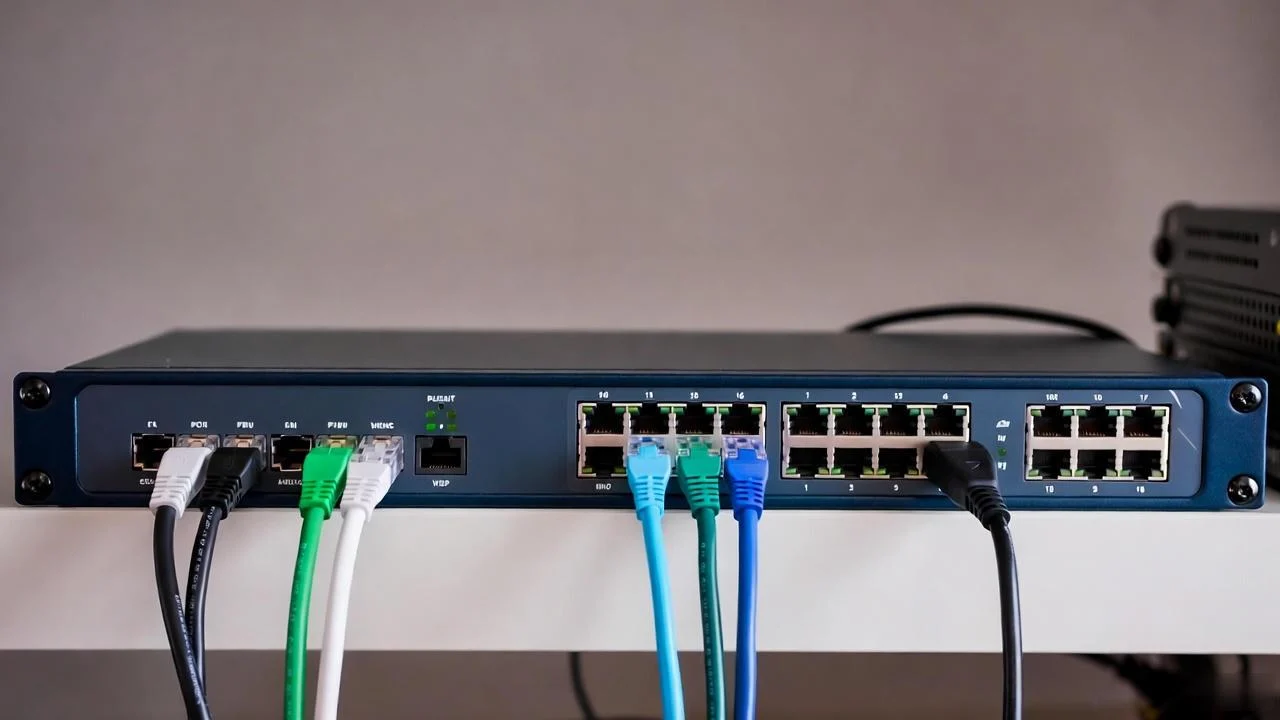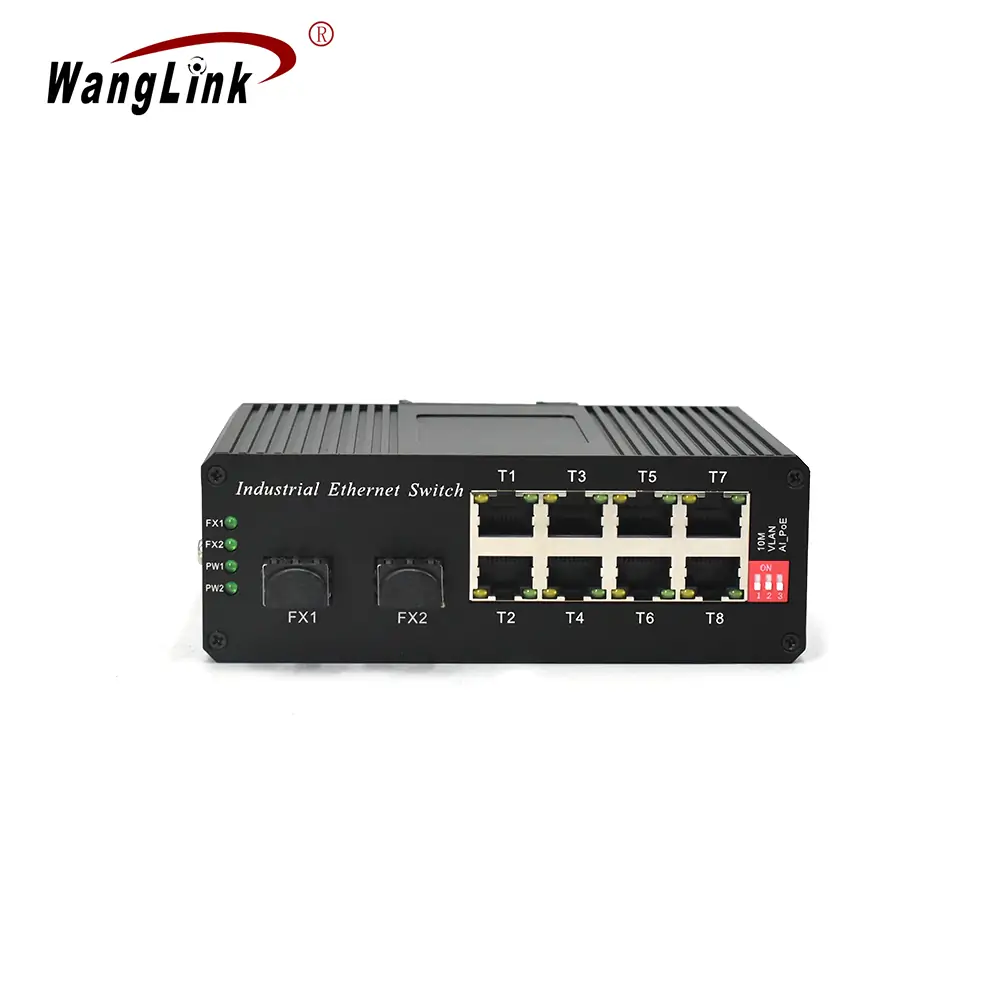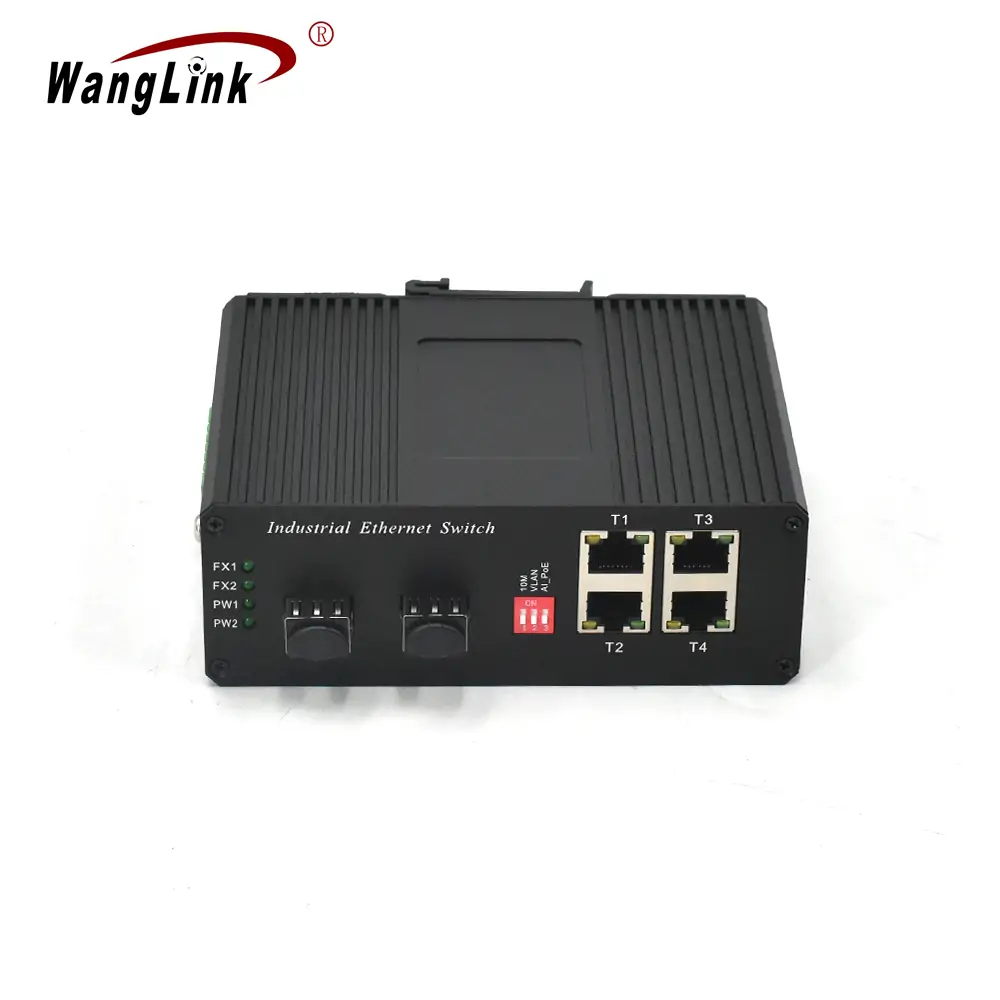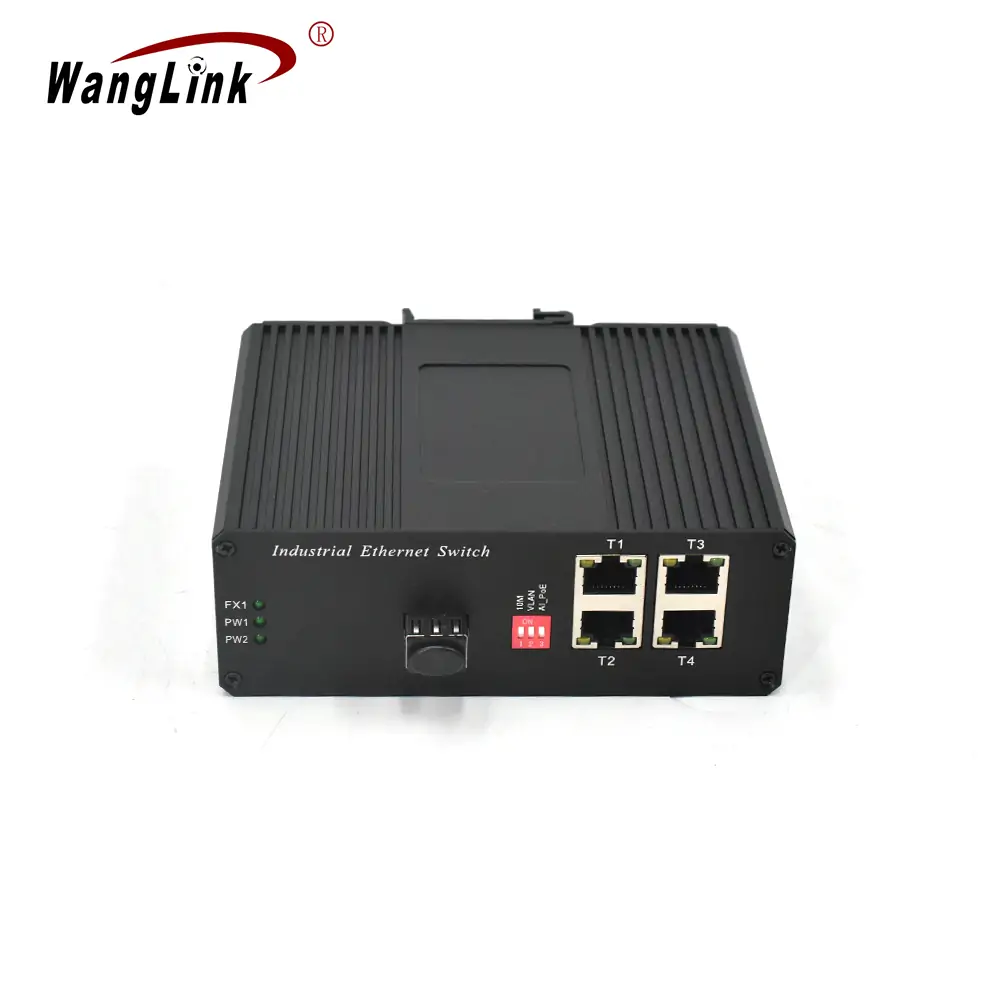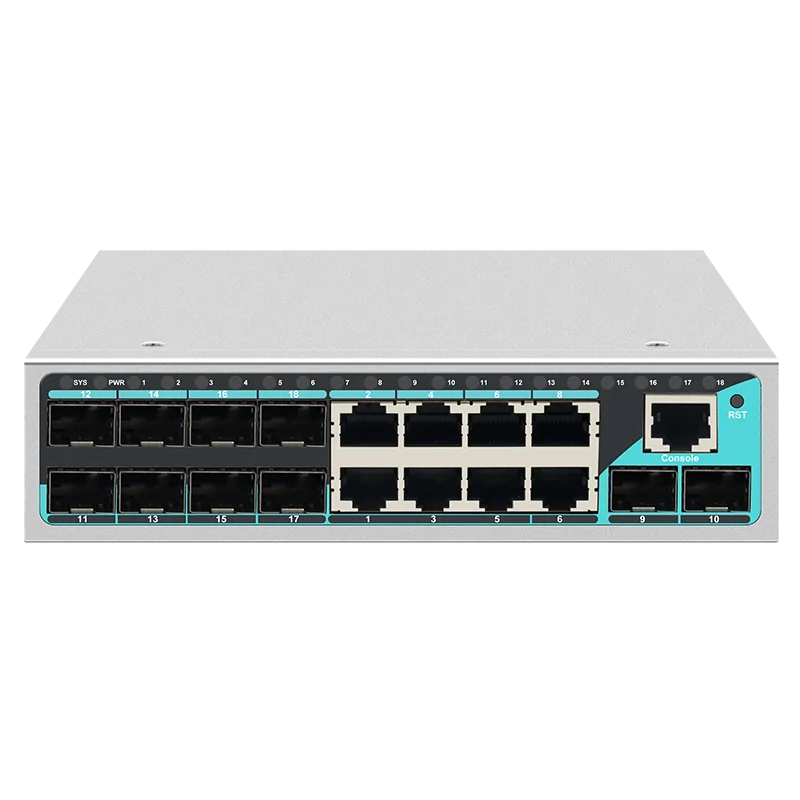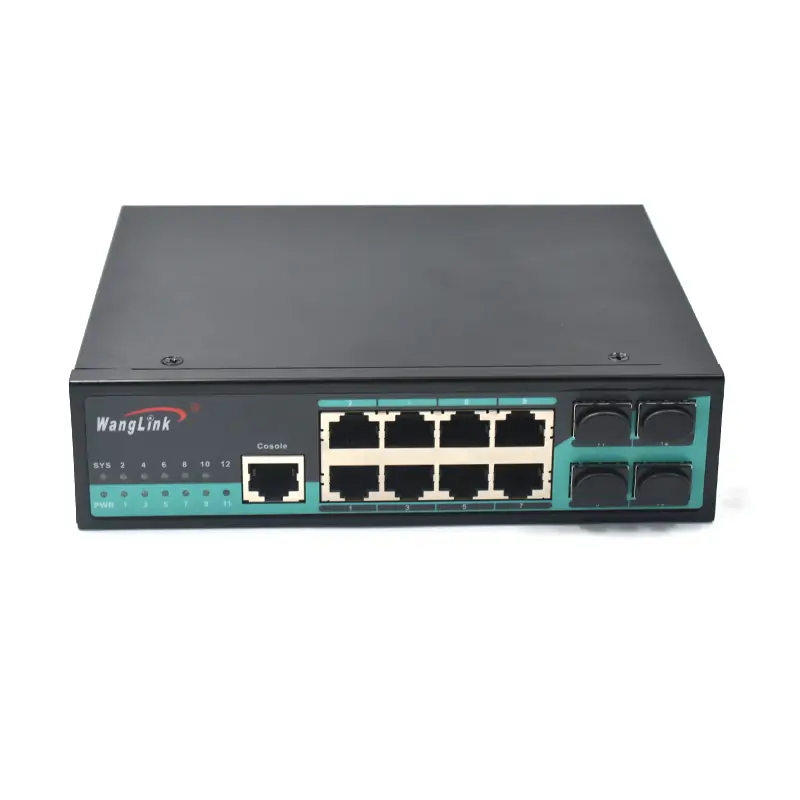Ethernet PoE Switch: Complete Guide to Power over Ethernet Switching Solutions
Introduction to Ethernet PoE Switch Technology
Power over Ethernet (PoE) switches represent a revolutionary advancement in network infrastructure, combining data transmission and electrical power delivery through a single Ethernet cable. This innovative technology eliminates the need for separate power adapters for connected devices, significantly simplifying installation and reducing costs.
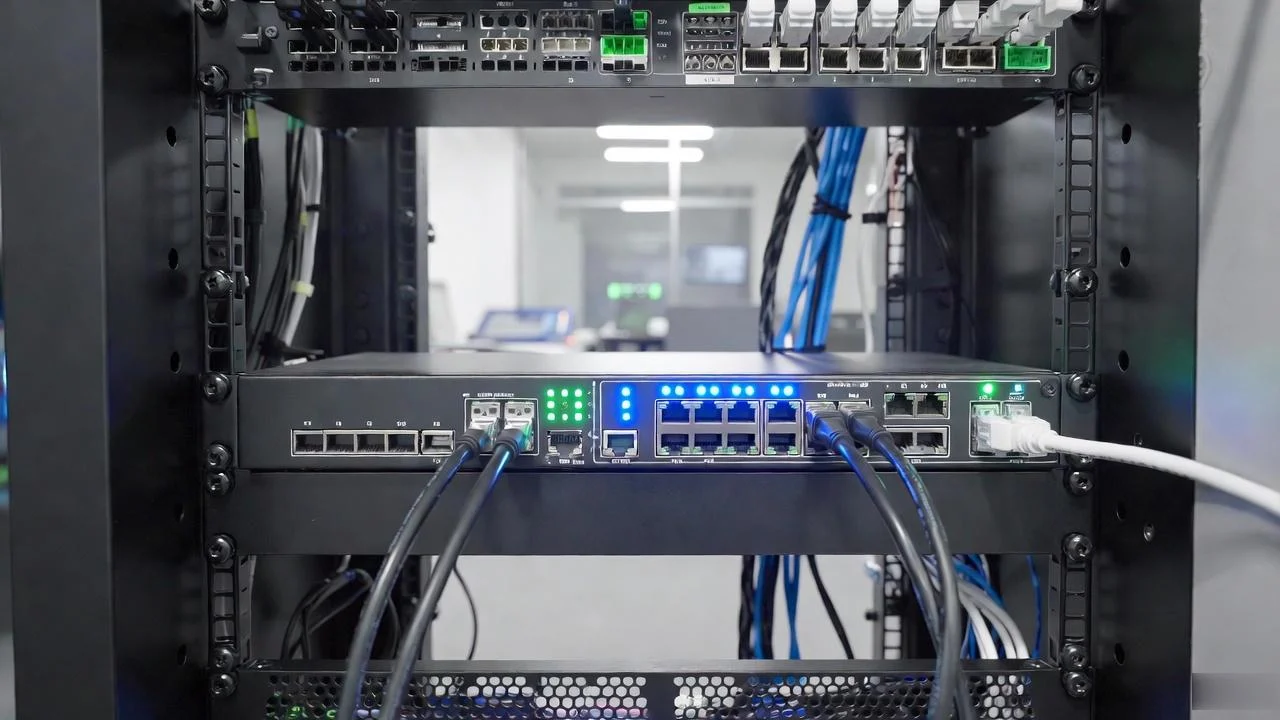
An ethernet poe switch serves as the backbone of modern network infrastructure, providing both connectivity and power to various devices including IP cameras, wireless access points, VoIP phones, and IoT sensors. This dual functionality makes PoE switches essential components in today’s interconnected world.
Understanding PoE Switch Fundamentals
What is Power over Ethernet?
Power over Ethernet technology enables the transmission of electrical power alongside data over standard Ethernet cabling. This capability transforms traditional network switches into comprehensive power distribution systems, supporting devices that require both network connectivity and electrical power.
PoE Standards and Classifications
The IEEE has established several PoE standards to ensure compatibility and safety:
| PoE Standard | Power Output | Voltage | Applications |
|---|---|---|---|
| IEEE 802.3af (PoE) | 15.4W | 48V | IP phones, basic cameras |
| IEEE 802.3at (PoE+) | 30W | 48V | Wireless access points, PTZ cameras |
| IEEE 802.3bt (PoE++) | 60W/100W | 48V | High-power devices, LED lighting |
Key Components of PoE Switches
- Power Sourcing Equipment (PSE): The PoE switch itself
- Powered Device (PD): Equipment receiving power through Ethernet
- Ethernet Cables: Cat5e or higher for reliable power transmission
- Power Budget Management: Intelligent allocation of available power
Types of Ethernet PoE Switches
Unmanaged PoE Switches
Unmanaged PoE switches offer plug-and-play functionality, making them ideal for small businesses and simple network deployments. These switches require minimal configuration and provide basic PoE functionality.
Popular Unmanaged Models:
- SG82P-E Unmanaged 8-Port Gigabit Ethernet PoE Switch
- SL2422P-V2 Unmanaged Fast Ethernet PoE Switch 24 Port
Managed PoE Switches
Managed PoE switches provide advanced features including VLAN support, Quality of Service (QoS), and remote management capabilities. These switches are essential for enterprise environments requiring sophisticated network control.
Industrial PoE Switches
Industrial PoE switches are designed for harsh environments, featuring:
- Extended temperature ranges (-40°C to +75°C)
- DIN rail mounting options
- Enhanced electromagnetic compatibility
- Ruggedized enclosures
Industrial Solutions:
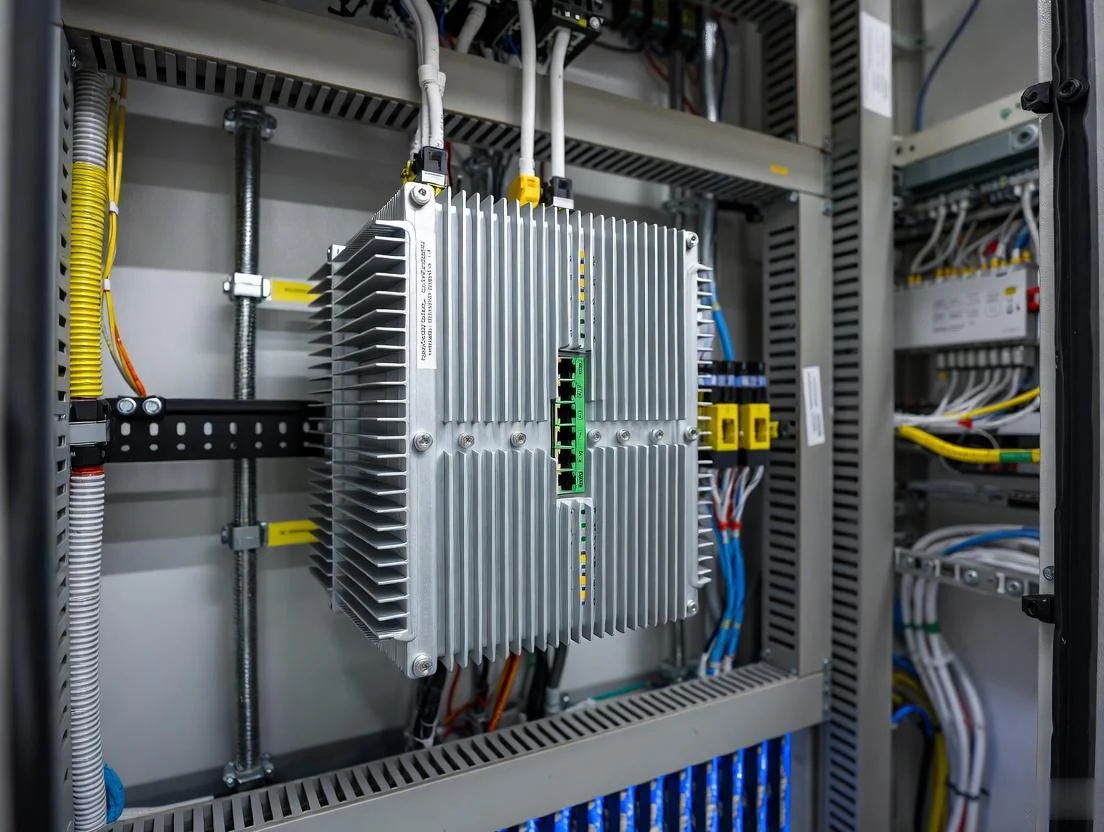
Applications and Use Cases
Security and Surveillance Systems
PoE switches excel in security applications, powering IP cameras and access control systems. A typical surveillance deployment might include:
- IP Cameras: Powered directly through Ethernet cables
- Network Video Recorders (NVRs): Connected via high-speed uplinks
- Access Control Panels: Integrated into the same network infrastructure
Wireless Network Infrastructure
Modern wireless deployments rely heavily on PoE switches to power access points throughout buildings. Benefits include:
- Simplified installation in ceiling-mounted locations
- Centralized power management
- Remote monitoring and control capabilities
VoIP and Communication Systems
Voice over IP systems benefit significantly from PoE technology:
- IP Phones: Direct power from network switches
- Conference Systems: Integrated power and data delivery
- Intercom Systems: Simplified wiring requirements
Case Study: Enterprise Office Deployment
Challenge: TechCorp, a 500-employee software company, needed to upgrade their network infrastructure to support 200 IP phones, 50 wireless access points, and 30 security cameras across a 5-floor office building.
Solution: Wanglink provided a comprehensive PoE switch solution:
- Core Infrastructure: 3x SG821P-V2 Unmanaged 8 Port Gigabit Ethernet PoE Switch for main distribution
- Floor Distribution: 15x 24-port PoE switches for device connectivity
- Industrial Areas: 5x ISL402P Fast Ethernet Industrial PoE Switch for warehouse areas
Results:
- 40% reduction in installation time
- 60% decrease in cabling costs
- Improved network reliability and management
Selection Criteria for PoE Switches
Power Budget Considerations
Calculating power requirements is crucial for proper PoE switch selection:
- Device Power Consumption: Sum all connected device requirements
- Safety Margin: Add 20-30% buffer for future expansion
- Efficiency Factors: Account for power conversion losses
Port Density and Configuration
Consider these factors when selecting port configurations:
- Current Requirements: Number of devices to connect
- Future Expansion: Anticipated growth over 3-5 years
- Uplink Requirements: Bandwidth needs for data aggregation
Environmental Considerations
| Environment Type | Temperature Range | Humidity | Special Features |
|---|---|---|---|
| Office | 0°C to 40°C | 10-90% | Standard mounting |
| Industrial | -40°C to 75°C | 5-95% | DIN rail, IP rating |
| Outdoor | -40°C to 70°C | 0-95% | Weatherproof enclosure |

Advanced PoE Switch Features
Intelligent Power Management
Modern PoE switches incorporate sophisticated power management features:
- Dynamic Power Allocation: Automatic adjustment based on device requirements
- Power Scheduling: Time-based power control for energy efficiency
- Fault Protection: Overcurrent and short-circuit protection
Network Security Features
Enterprise-grade PoE switches include comprehensive security measures:
- Access Control Lists (ACLs): Traffic filtering and control
- Port Security: MAC address-based access control
- DHCP Snooping: Protection against rogue DHCP servers
- Storm Control: Broadcast and multicast traffic management
Quality of Service (QoS)
QoS features ensure optimal performance for critical applications:
- Traffic Prioritization: Voice and video traffic optimization
- Bandwidth Allocation: Guaranteed bandwidth for specific applications
- Congestion Management: Intelligent queue management
Installation and Configuration Best Practices
Pre-Installation Planning
Successful PoE switch deployment requires careful planning:
- Site Survey: Assess power requirements and cable runs
- Power Calculations: Verify adequate power budget
- Cable Quality: Ensure Cat5e or higher cabling
- Environmental Assessment: Consider temperature and humidity
Configuration Guidelines
Follow these best practices for optimal performance:
- VLAN Segmentation: Separate traffic types for security and performance
- Power Monitoring: Regular monitoring of power consumption
- Firmware Updates: Keep switch firmware current for security and features
- Documentation: Maintain detailed network documentation
Troubleshooting Common Issues
| Issue | Symptoms | Solution |
|---|---|---|
| Insufficient Power | Devices not powering on | Check power budget, upgrade switch |
| Cable Issues | Intermittent connectivity | Test cable quality, replace if needed |
| Overheating | Performance degradation | Improve ventilation, check ambient temperature |
| Configuration Errors | Network connectivity problems | Review VLAN and port configurations |
Future Trends in PoE Technology
Higher Power Standards
The evolution toward higher power PoE standards enables new applications:
- PoE++ (IEEE 802.3bt): Supporting up to 100W per port
- LED Lighting: Direct power for smart lighting systems
- Digital Signage: High-power displays and interactive kiosks
Integration with IoT
PoE switches are becoming central to IoT deployments:
- Sensor Networks: Power and connectivity for environmental sensors
- Smart Building Systems: Integrated control and monitoring
- Edge Computing: Power for edge processing devices
Wanglink PoE Switch Solutions
As a leading ethernet switch manufacturer with over 13 years of experience, Wanglink offers comprehensive PoE switch solutions tailored to diverse industry needs. Our extensive product portfolio includes:
Comprehensive Product Range
- Unmanaged PoE Switches: 4 to 48 ports with various power budgets
- Managed PoE Switches: Advanced features for enterprise deployments
- Industrial PoE Switches: Ruggedized solutions for harsh environments
- Specialty Switches: Reverse PoE switches and fiber optic models
Customization Services
Wanglink provides comprehensive customization services including:
- Hardware Customization: Modified port configurations and power ratings
- Software Customization: Custom firmware and management interfaces
- Branding Services: OEM and ODM solutions with custom labeling
- Packaging Solutions: Tailored packaging for specific market requirements
Quality Assurance
Our commitment to quality includes:
- ISO 9001 Certification: Comprehensive quality management systems
- Extensive Testing: Environmental and performance validation
- Warranty Support: Comprehensive warranty and technical support
- Global Compliance: CE, FCC, and RoHS certifications
Frequently Asked Questions (FAQ)
What is the difference between PoE and PoE+?
PoE (IEEE 802.3af) provides up to 15.4W of power per port, suitable for basic devices like IP phones and simple cameras. PoE+ (IEEE 802.3at) delivers up to 30W per port, supporting more power-hungry devices such as wireless access points and PTZ cameras.
Can I use regular Ethernet cables for PoE?
Yes, standard Cat5e or higher Ethernet cables can carry PoE power. However, cable quality is crucial for reliable power delivery, especially over longer distances. Cat6 or Cat6a cables are recommended for optimal performance.
How do I calculate the power budget for my PoE switch?
Add up the power requirements of all connected devices, then add a 20-30% safety margin. Ensure your PoE switch’s total power budget exceeds this calculated requirement. Consider future expansion needs when sizing your power budget.
What happens if I connect a non-PoE device to a PoE port?
PoE switches include detection circuitry that identifies whether a connected device requires power. Non-PoE devices will simply receive data without any power delivery, ensuring safe operation.
Can PoE switches be daisy-chained?
While technically possible, daisy-chaining PoE switches is not recommended as it can create power and performance bottlenecks. Instead, use a hierarchical network design with appropriate uplink connections.
What is the maximum distance for PoE transmission?
PoE follows standard Ethernet distance limitations of 100 meters (328 feet) for reliable power and data transmission. Beyond this distance, power extenders or fiber optic solutions may be necessary.
How do I monitor power consumption on PoE switches?
Managed PoE switches typically include web-based interfaces or SNMP capabilities for monitoring power consumption per port and total switch power usage. This information helps optimize power allocation and identify potential issues.
For more information about Wanglink’s PoE switch solutions or to discuss your specific requirements, contact our technical team at [email protected] or WhatsApp: +8613544167258. Visit our products page to explore our complete range of networking solutions.
